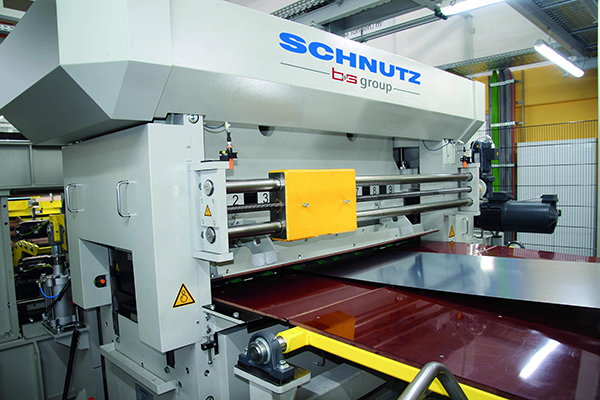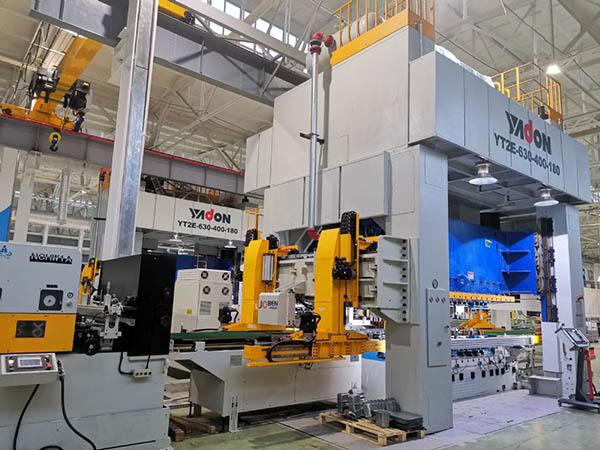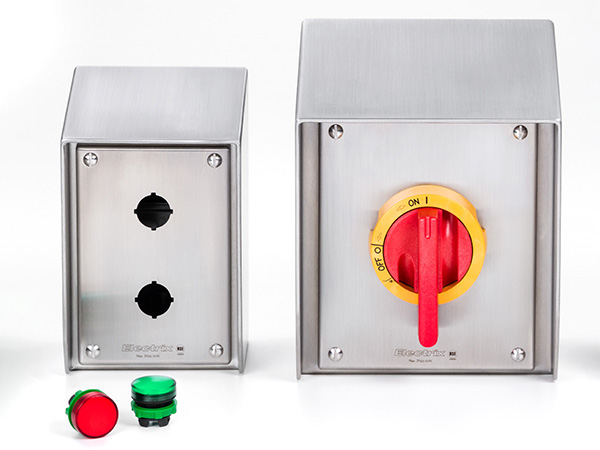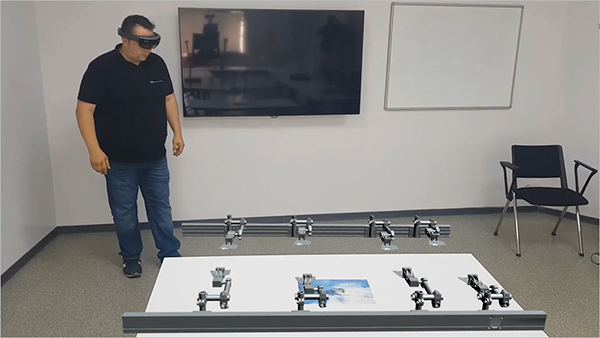Bilsing Automation GmbH, a supplier of automated tooling for press rooms and body shops, has implemented a digital transformation strategy across its design and build processes, helping customers achieve error-free launches in a shorter timeframe and improving the overall customer experience.

To achieve this outcome, Bilsing is leveraging automated product knowledge templates (PKTs), 3D visualisation and AR/VR technologies.
Applying PKTs to product development means Bilsing designers can capture corporate knowledge and standardise information within 3D engineering templates. These templates can then be re-used so that less time is spent on repetitive tasks and reinventing the wheel, and more time innovating. For Bilsing, this has enabled it to reduce product complexity, lower overall development costs and increase customer responsiveness. In studies comparing traditional methodologies by seasoned designers with novice designers using standardised templates, design time was reduced from 48 minutes to only two minutes – a 95% improvement.
From an assembly standpoint, the company has integrated AR/VR technologies into its processes using a HoloLens and employing a Human Interface Mate (HIM) that acts as a guide during the build process. By using AR, any items with IoT technology enable Bilsing technicians to get information from the company’s ERP system. The ERP provides immediate access to the object’s specification, inventory, location and lead time, as well as instructions and manuals.
Because AR is capable of overlaying the required part on to the component that the technician may pick up, it allows technicians to quickly discern whether they have the correct part by shape and designated number. A smart sensor validates execution and warns the operator as soon as a wrong procedure is in process. This functionality increases the worker’s efficiency, while reducing any potential for poor work quality.
For further information www.bilsing-automation.com























